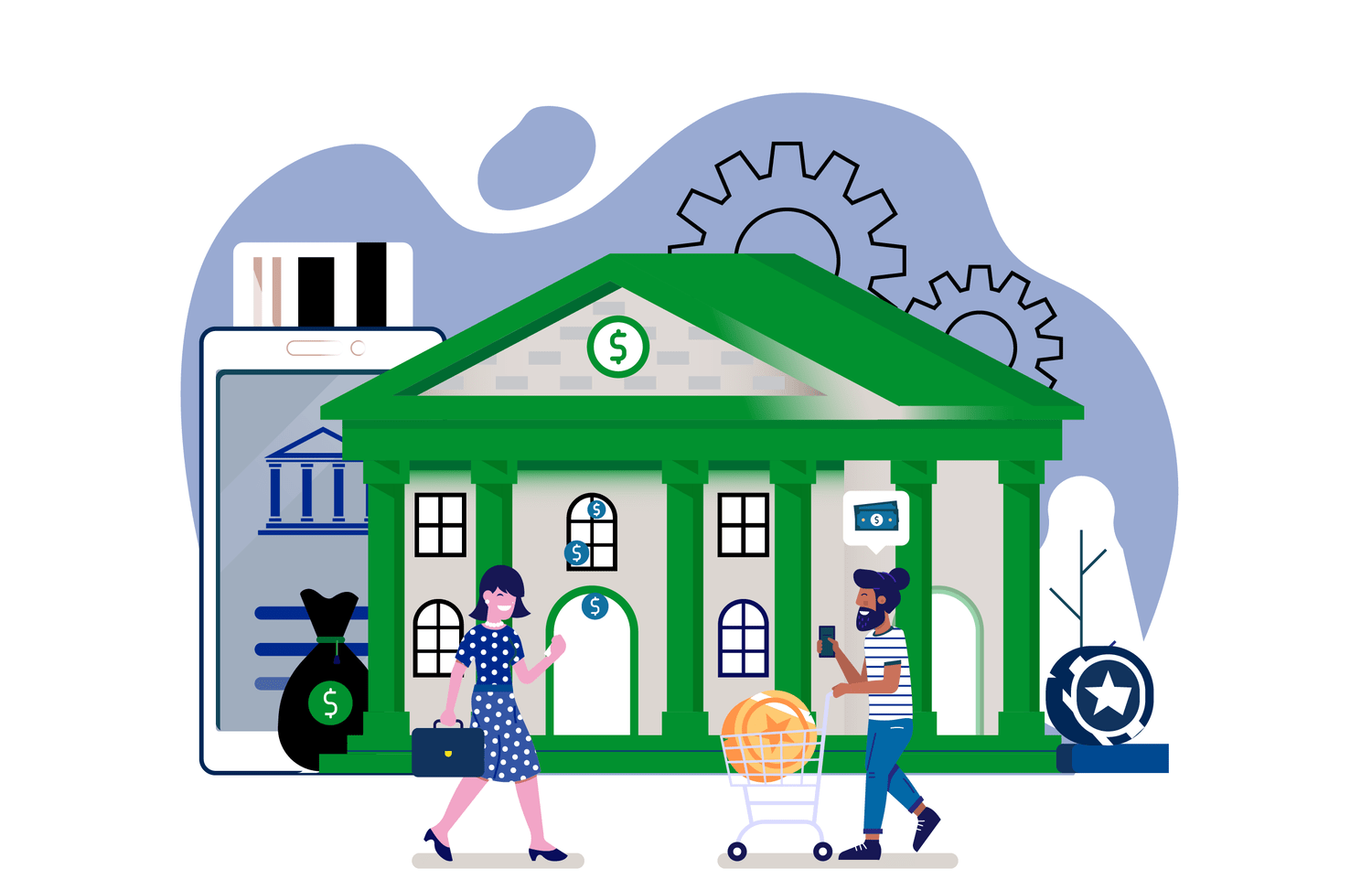How to Avoid The Catch-22 Of Personal Banking
Dissatisfied with your Bank of America or Citibank account but reluctant to switch? Join the club. Javelin’s 2012 Financial Institution Vulnerability Index indicates that about 11% of consumers surveyed in March 2012 indicate they are at risk of switching primary financial institutions in the coming year, putting $675 billion in deposits at risk. Despite the fact that Bank Transfer Day gave an open window for Americans to protest banking fees by switching from The Big Four (Citi, Bank of America, Wells Fargo, and Chase,) they chose not to. And for a compelling reason: The Big Four have a monopoly on banking convenience.

Wanted to switch from the cable provider that’s been giving you nightmares couldn’t because your apartment landlord prohibits installing a dish? The same can be said of the banking industry. While community banks and credit unions often offer better quality customer service and lower rates, they are unfortunately restricted by a Catch-22.
Military financial service company USAA, for example, offers reimbursement for every ATM fee along with consistently high ratings for customer satisfaction. The Catch-22? There are no physical locations, meaning that all deposits must be done through a UPS store, mail, or online. Thus, despite the peace-of-mind of not having to pay $3.00 for every non-Bank of America transaction, I seldom use my USAA account. Instead, I often find myself making another disgruntled phone call to one of my “Giant Bank” accounts disputing a service fee or balance inquiry fee.
Much like cable companies often exploit their “apartment satellite install policy” customers with escalating monthly fees and dismal customer service, the Big Four finagle their customers by using their mobile and online banking convenience to validate their excessive fees. Meanwhile, regional banks are often left to settle for scraps.
What regional banks can do:
• Engage in mobile and online banking: Local banks and credit unions are notorious for being “behind-the-times” when it comes to using technology with banking. (Hence, many don’t even have a Facebook and Twitter page.) This stigmatizes smaller banks as being inconvenient and disadvantages them in comparison to the giant banks. Engaging in “on-the-go” banking will repudiate this stigma and offset the need for an ATM/branch on every corner.
• Emphasize the lower fees and better customer service: If it weren’t for a friend recommendation, I never would have known about USAA and its ATM-fee reimbursement. The bliss of not having to call the Big Four’s hotline regarding a fee gives local banks and credit unions a significant advantage. Smaller banks don’t emphasize this strongly enough.
Bank Transfer Day revealed the Giant Banks’ vulnerability. Javelin’s 2012 Financial Institution Vulnerability Index also indicated that an astounding 25% of Citibank and 21% of Bank of America customers were likely or very likely to switch. Regional banks and credit unions have a great opportunity to acquire these disenchanted customers and make their bank their primary financial provider. This could be the moment where customers finally consider their local banks as a long term option.






